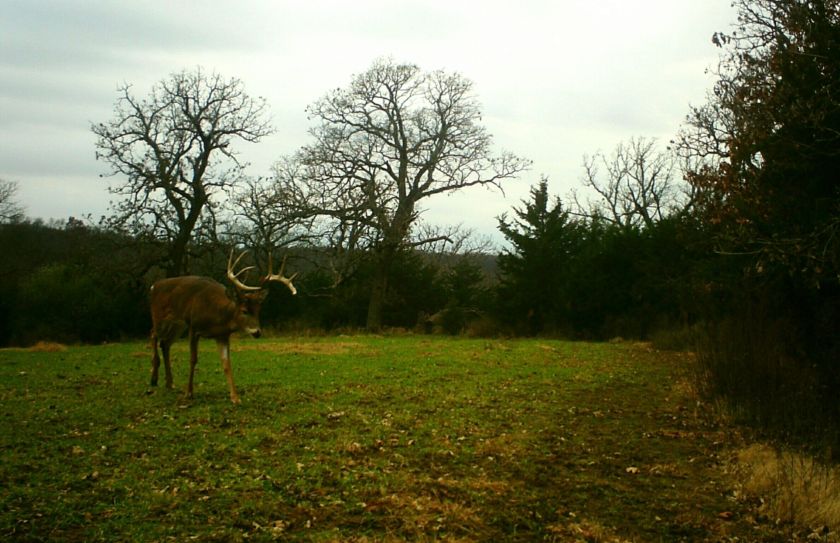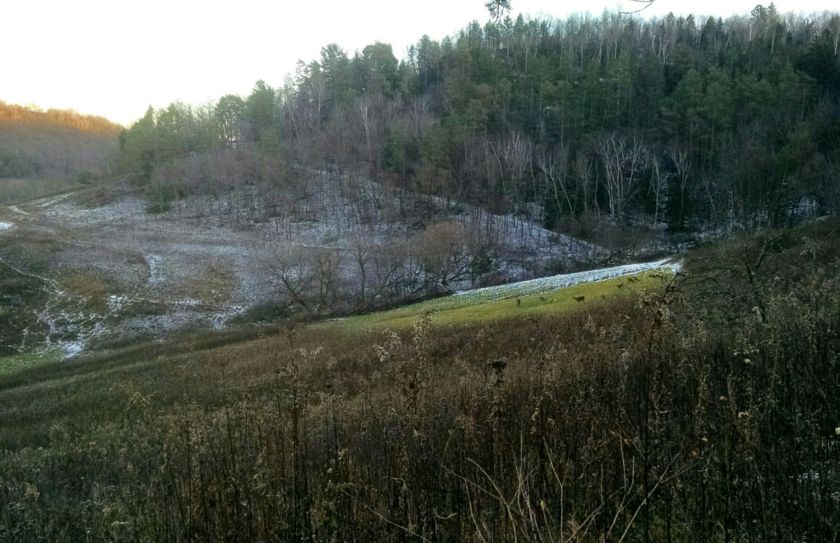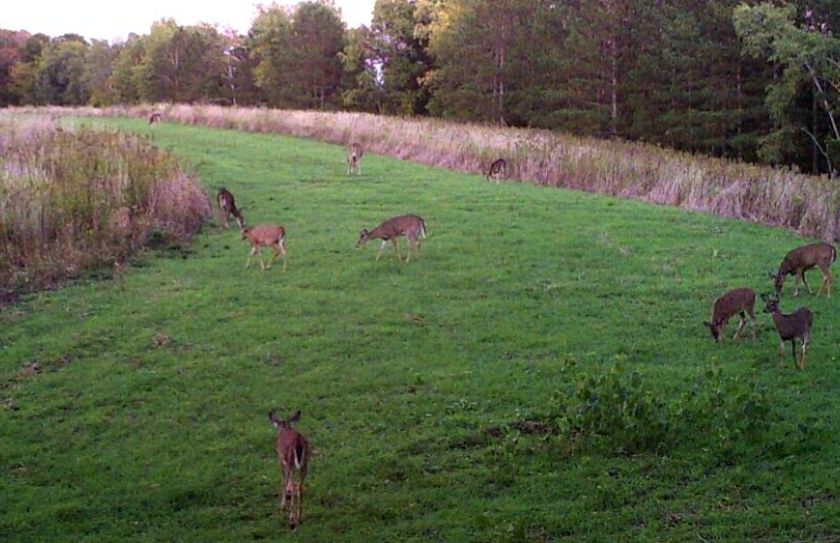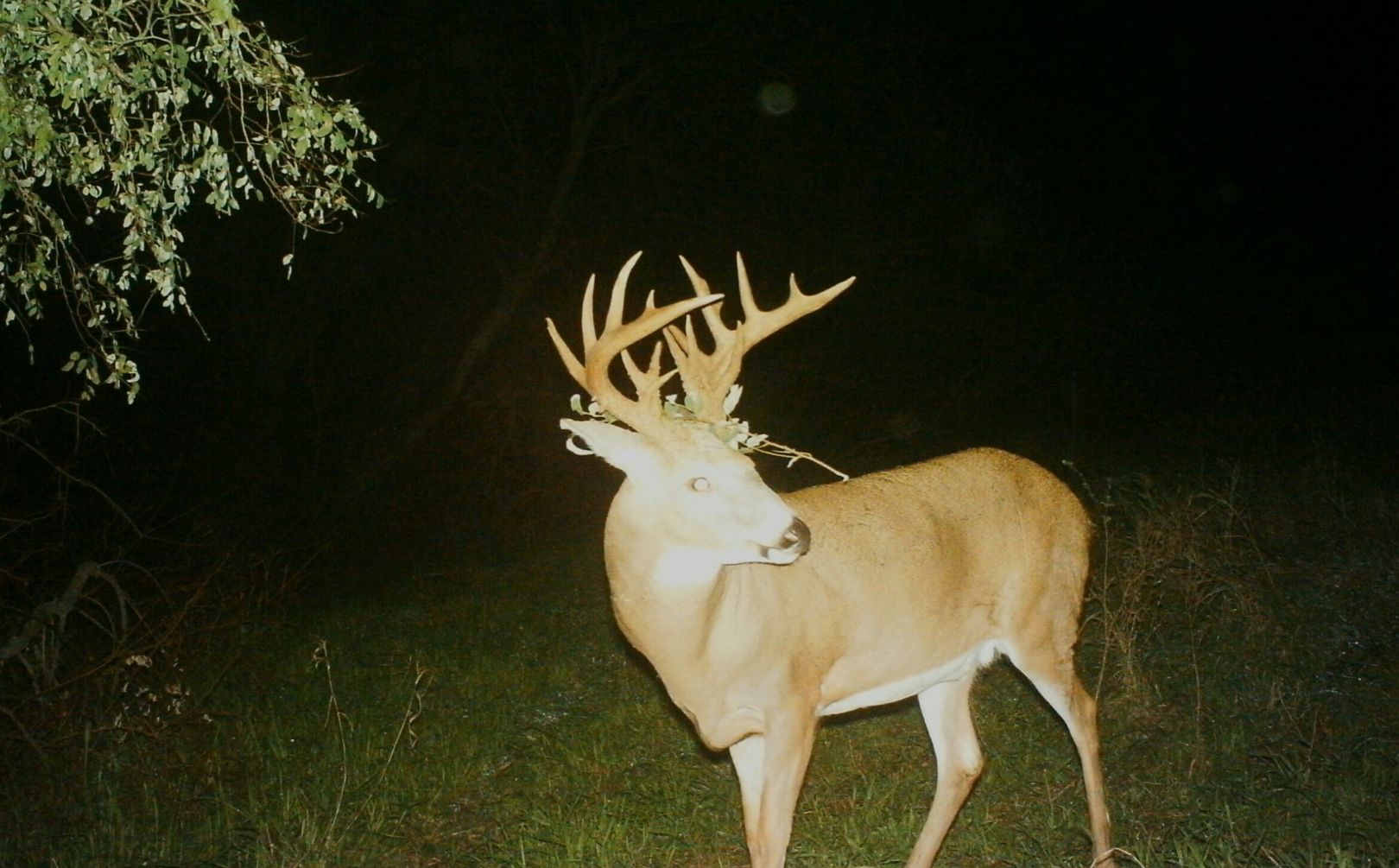
During the course of the hunting season, the majority of deer hunting lands head in two different directions: Some lose mature buck numbers while others gain. Personally I do everything in my power to create, attract, hold and hunt parcels that are experiencing a positive ratio of mature buck attraction during the hunting season. Which variety of deer parcel would you rather have?
The number of mature bucks that you lose compared to how many you gain can be explained in several determining factors, but regardless of why, you need to understand that it is a real and ever present threat. Why is it a threat? Because although doe family groups can be home-bodied resilient creatures that can tolerate declining habitat and increasing hunting pressure levels, in my experience mature bucks can not. In fact a mature buck behavior I enjoy observing and planning for is that as a buck ages, he can tolerate less and less stress. Stress comes in the form of human pressure, but stress also comes in the form of herd social pressures, including over population and poor sex ratios. It is safe to say that while it is very easy to attract a huge number of deer, it is not so easy to actually gain more mature bucks than you lose, throughout the hunting season. There are several ways that you can make sure that you aren't losing mature buck numbers this Fall.
3 Proven Ways Keep From Losing Bucks
Attracting more than you lose is something that you may have more control of than you think. It isn't a mystery why bucks choose a very select few acres as they age. If you follow these 3 methods you will be well on your way to tilting the ratio of buck gain and buck loss in your favor.
1. Bucks Vs Does? Bucks lose!
Doe family groups take up space. Does fill bedding areas and attack food sources at a highly dependable rate. Doe family groups express a much smaller home range and literally if they have consistent food and cover the entire season, you can often depend on them to stay within a few acres of daytime security cover the entire year. Unfortunately the effectiveness of doe family groups to take over food and cover options rings a bad tune in your quest to keep from losing buck numbers. While immature bucks may experience maternal ties that keep them hanging around for a year or two, a buck matures at the age of 4 and requires his own space. With each additional newborn fawn and her offspring that follows, you can create a doe factory of antlerless deer that fill every room in the house of deer habitat.
If you have too many does you have 3 options, including: Shoot more does, reduce Summer food sources or create more cover. Often it takes all 3 to happen, to make sure that you leave enough room for mature bucks.
2. Keep The Old Bucks Relaxed
Adequate but not excessive doe numbers, should be your ultimate goal. While maintaining an acceptable number of doe family groups on your land will reduce stress and keep you from losing mature buck numbers, so will reducing hunting stress. Do you use an ATV? I prefer an electric vehicle like the FatKat from QuietKat. Do your hunting access trails travel right through the middle of your land? Consider exterior access routes. Can deer hear you, see you or smell you while you move about your hunting land? Then make sure to make changes to consider a more predatory access strategy.
Mature bucks are solitary, private creatures. An old buck doesn't want to see you, hear you or smell you, but at the same time he doesn't want to have his daytime bedroom full of does and fawns. If your land isn't calm enough for him to be there, you will most likely lose him and from what I have experienced, it doesn't take much to cause him to pack his bags.
3. Consistent Daily Bedding and Feeding
Although doe family groups can easily take over your acres if you aren't careful, the consistency of the antlerless population on your land is a sure sign of the health of your efforts. It all starts with the females. Does want to feed during the afternoon in area X and travel there from their bedding in location Y. They want to do that every single day and rarely will a mature buck fall within that movement. However, he will relate to the consistency of established doe movements. If you can depend on the afternoon bedding to food source movement by the local deer herd, you can then depend on a mature buck or two to eventually relate to that movement. If you lack a dependable (and easily harvastable) doe family group movement, then you will experience declining buck numbers during the season.
While cover options should be safe and dependable to the local deer herd all season long, those bedding area will be vacant if they are not supported by dependable food sources. Dependable food sources are available for the entire season and not just for the first, 2nd or 3rd month. I like to focus on a huge variety of food in every food source location. You will not create consistency if your various food sources are always changing in their level of attraction throughout the season. Acorns and apples are great examples of boom or bust food sources. Although each may be great for a few weeks, neither have the power to attract, hold and build consistent movements during the entire season. On public land you need to move with the food source of the moment. However, on private land make sure that you create food sources that include several options in each location. For example a food plot with a portion of corn, a portion of brassica and a portion of oats, wheat and rye can create enough diversity to hold deer for the entire season on most lands. If you add the mast crops of apples and acorns to those same food plots, then you can have a food source that will peak and attract deer from before the season begins to long after it ends. But diversity is key because changing and dwindling food sources may be OK for doe family groups, but a mature buck will head for both quieter and greener pastures if he can find them.
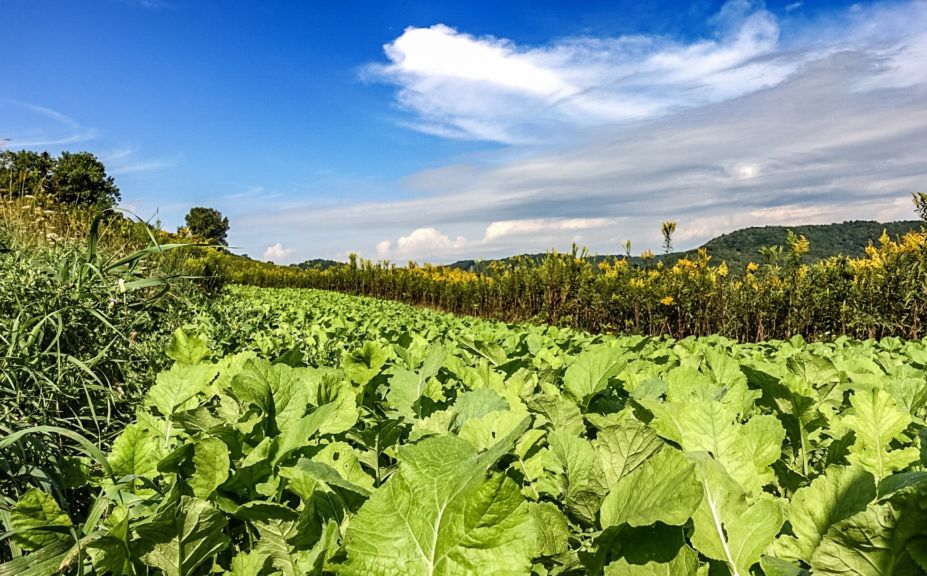
Are you losing more bucks than you gain?
It is important to take a good, hard and honest look at your numbers. If you trail cams are reflecting primarily midnight buck pictures combined with large numbers of antlerless deer, you may have a problem. However, making sure that you are losing fewer than you are gaining is the first step. Next, consider the 3 important ingredients of doe numbers, hunting pressure and daily movement consistency. While any one of those can offer significant positive changes to your herd and hunting efforts this Fall, the amount of control that you can realize on the lands you hunt by working on all 3, can keep you losing too many bucks for decades to come.
